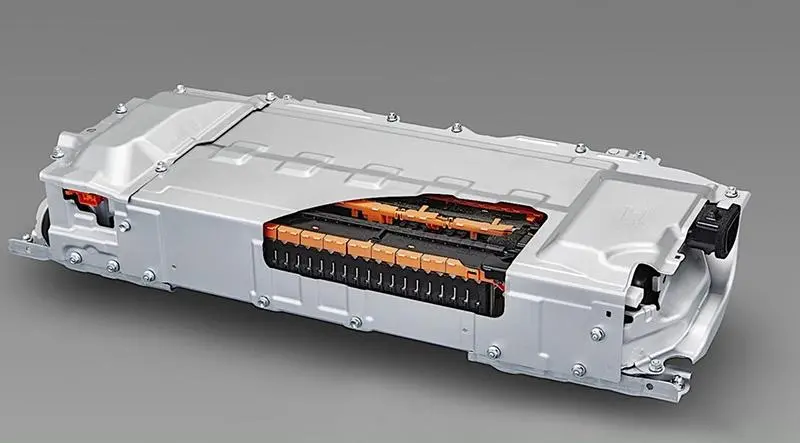In today’s world of portable devices and renewable energy systems, battery technology plays a pivotal role. Lithium Iron Phosphate (LiFePO4) batteries have gained significant attention due to their high energy density, long cycle life, and improved safety compared to traditional lithium-ion batteries. One crucial aspect that affects the lifespan and performance of LiFePO4 batteries is the low voltage cutoff. In this article, we’ll delve into what LiFePO4 low voltage cutoff is, why it’s important, and how to optimize it for extended battery longevity.
Introduction
LiFePO4 batteries have revolutionized energy storage due to their remarkable features. However, maintaining these batteries at optimal levels requires an understanding of low voltage cutoff and its implications.
The Significance of Low Voltage Cutoff
Low voltage cutoff refers to the minimum voltage level at which a battery is considered safe for discharge. It’s a critical parameter as it helps prevent over-discharge, a condition that can lead to irreversible damage and reduced battery life.
Understanding LiFePO4 Batteries
LiFePO4 batteries, also known as LFP batteries, stand out for their stable chemistry and safety profile. Their composition consists of lithium iron phosphate as the cathode material, offering excellent thermal and chemical stability.
Advantages over Traditional Lithium-ion Batteries
Compared to traditional lithium-ion batteries, LiFePO4 batteries offer several advantages. These include longer cycle life, enhanced safety, and tolerance to high temperatures. These features make them ideal for applications like electric vehicles, solar energy storage, and portable electronics.
The Role of Voltage in Battery Operation
Voltage is a key indicator of a battery’s state of charge. Two essential voltage levels associated with LiFePO4 batteries are Open Circuit Voltage (OCV) and nominal voltage. OCV represents the battery’s voltage when not connected to any load, while nominal voltage indicates its average voltage during operation.
Open Circuit Voltage (OCV)
OCV helps estimate the battery’s charge level when it’s not in use. For LiFePO4 batteries, a typical OCV range is around 3.2V to 3.3V per cell.
Nominal Voltage
The nominal voltage of LiFePO4 batteries is usually 3.2V per cell, resulting in a typical 12.8V for a 4-cell battery pack.
Low Voltage Cutoff Explained
What is Low Voltage Cutoff?
Low voltage cutoff is the predetermined voltage threshold below which a battery should not discharge. For LiFePO4 batteries, this threshold is often set around 2.5V per cell.
Importance of Avoiding Deep Discharge
Deep discharge, where a battery’s voltage drops significantly below the low voltage cutoff, can lead to irreversible damage. It’s crucial to avoid this state to prolong battery life.
Effects of Deep Discharge on LiFePO4 Batteries
Capacity Loss
Deep discharges contribute to capacity loss over time, reducing the overall energy the battery can store.
Increased Internal Resistance
Deep discharges also increase the battery’s internal resistance, leading to heat generation and reduced efficiency.
Risk of Battery Damage
Batteries discharged below their cutoff voltage can experience structural damage, diminishing their performance and safety.
Setting the Right Low Voltage Cutoff
Manufacturer Recommendations
Manufacturers often provide guidelines for the optimal low voltage cutoff to ensure battery longevity. Adhering to these recommendations is essential.
Customizing Cutoff for Specific Applications
In some cases, customizing the low voltage cutoff can optimize battery performance for specific applications. However, caution must be exercised not to compromise battery life.
Battery Management Systems (BMS) and Cutoff
Battery Management Systems play a vital role in monitoring and controlling battery parameters, including low voltage cutoff. They enhance battery safety and performance.
Optimizing Battery Lifespan
Regular Maintenance
Routine checks on voltage levels and adherence to recommended cutoffs contribute to maintaining battery health.
Avoiding Prolonged Storage at Low Charge
Storing LiFePO4 batteries with low charge for extended periods can lead to deep discharge. Proper storage voltage is essential for long-term battery preservation.
